About 3 weeks ago, Mr. P. had symptoms of fresh blood in the urine with blood clots. He went to the doctor and the doctor discovered a tumor in his left kidney.
At Binh Dan Hospital, through MSCT scan, doctors discovered that he had a left kidney tumor measuring 68x49 mm that had invaded the surrounding fatty tissue. This tumor had a bud that spread into the vena cava, approaching the right atrium. Surgery was the only way to save the patient's life before the bud invaded the heart or caused pulmonary embolism.
High risk of death
Dr. Ho Khanh Duc, Head of the Cardiovascular Surgery Department at Binh Dan Hospital, said that this was a very difficult surgical case, requiring the coordination of doctors from many specialties including urology, vascular, cardiovascular, hepatobiliary, internal medicine and the anesthesia and resuscitation team. This surgical process also requires the support of an extracorporeal circulation system to control and isolate the heart, preventing blood from flowing back to the vein being operated on so that doctors can operate accurately.
"If not operated on promptly, the patient is at risk of death within a few days when the tumor causes a blockage of blood flow to the heart or pulmonary embolism on the basis of diabetes and coronary atherosclerosis," Dr. Duc shared.
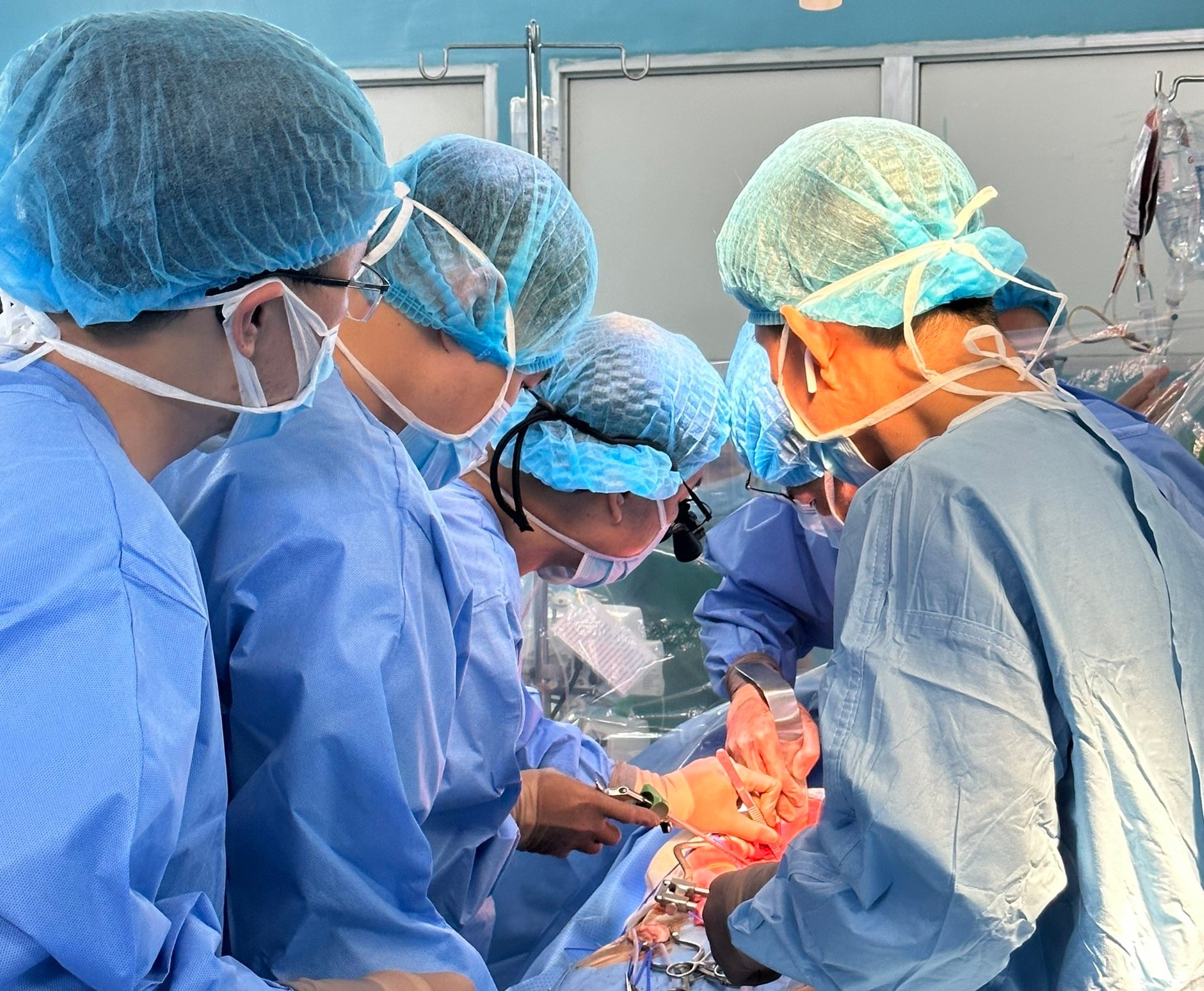
Doctors during surgery on a patient
The surgery took about 6 hours, the total time of extracorporeal circulation was 60 minutes. The time to open the atrium and vena cava to remove the tumor was about 20 minutes. After the surgery, the doctors ensured the patient's hemodynamics, removed the entire tumor, ensured the treatment principles of kidney cancer, and did not let the tumor travel to the heart and block the pulmonary artery. At the same time, the patient did not lose a large amount of blood.
"This was a difficult surgery, with complex underlying pathologies and a 90% mortality risk. With the determination of the hospital's leadership, the good coordination of multiple specialties in cardiology, urology and the important role of anesthesia and resuscitation, the surgery was successful. On the first postoperative day, the patient was able to remove the endotracheal tube, breathe on his own, and all vital signs were stable. The patient was discharged on the 7th postoperative day," shared Dr. Ho Khanh Duc.
Source link


![[Photo] Prime Minister Pham Minh Chinh starts construction of vital highway through Thai Binh and Nam Dinh](https://vphoto.vietnam.vn/thumb/1200x675/vietnam/resource/IMAGE/2025/5/12/52d98584ccea4c8dbf7c7f7484433af5)

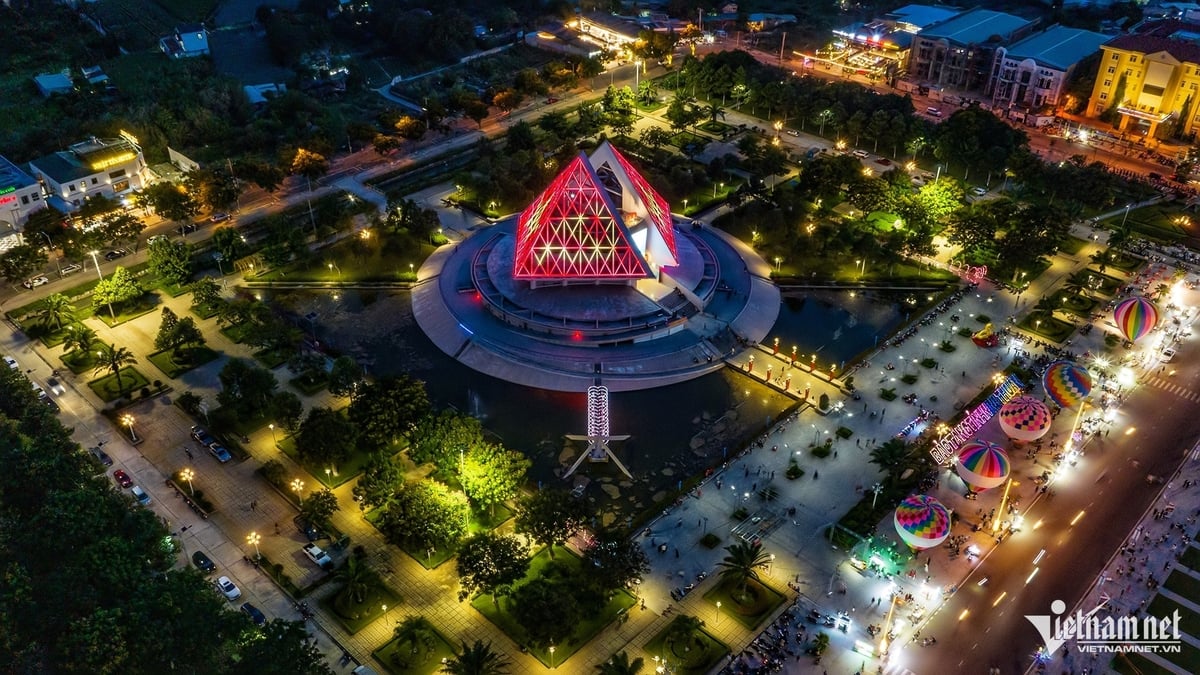
![[Photo] Prime Minister Pham Minh Chinh works with the Standing Committee of Thai Binh Provincial Party Committee](https://vphoto.vietnam.vn/thumb/1200x675/vietnam/resource/IMAGE/2025/5/12/f514ab990c544e05a446f77bba59c7d1)
![[Photo] Prime Minister Pham Minh Chinh receives Swedish Minister of International Development Cooperation and Foreign Trade](https://vphoto.vietnam.vn/thumb/1200x675/vietnam/resource/IMAGE/2025/5/12/ae50d0bb57584fd1bbe1cd77d9ad6d97)

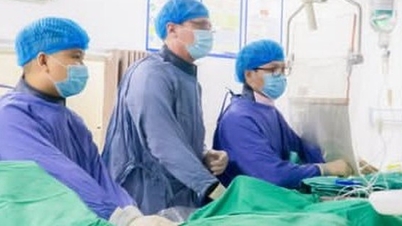

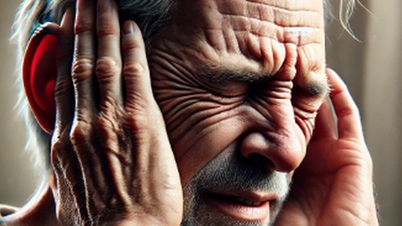

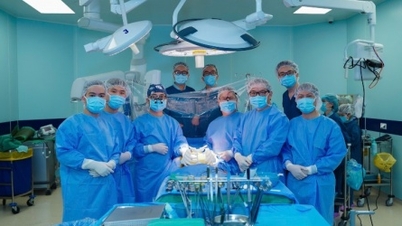




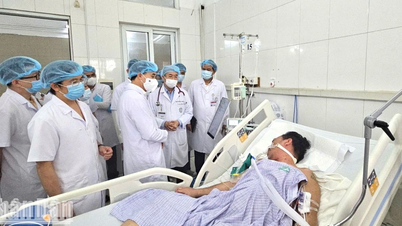
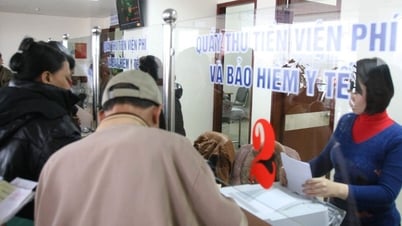

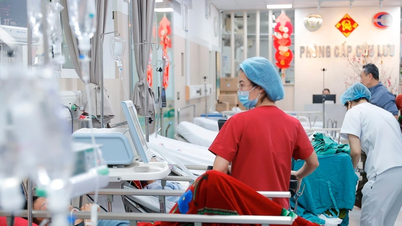
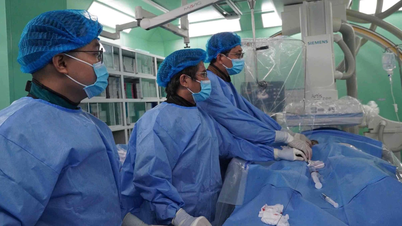




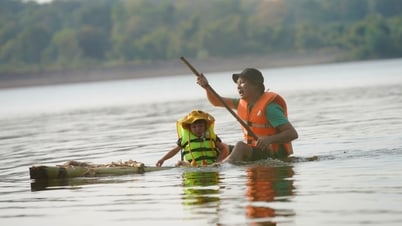
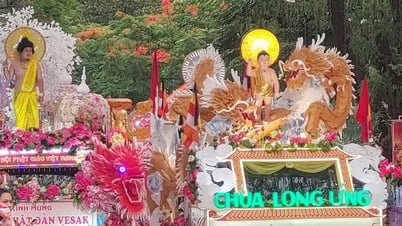
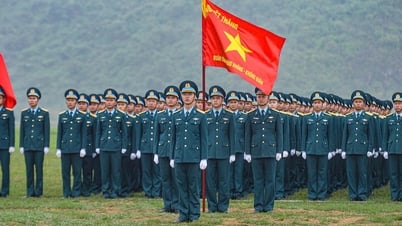


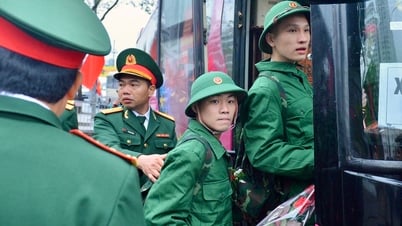
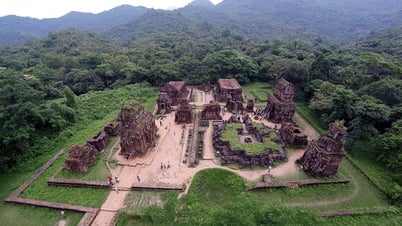

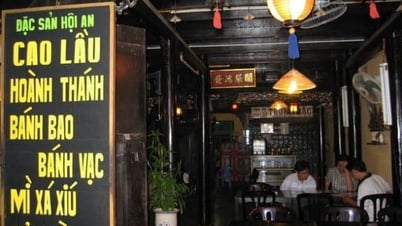

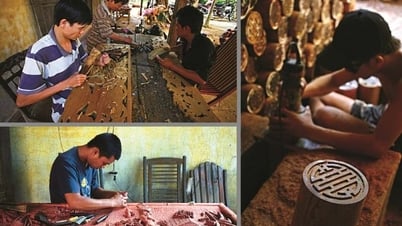

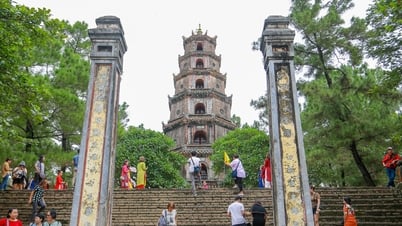

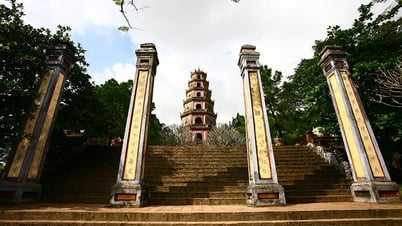

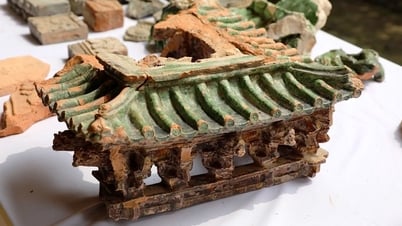




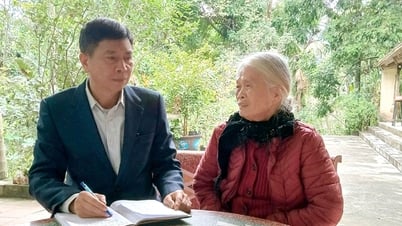

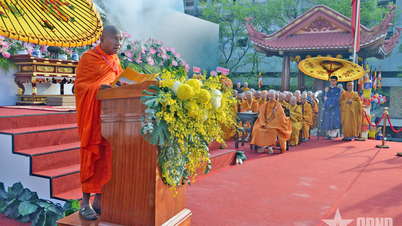










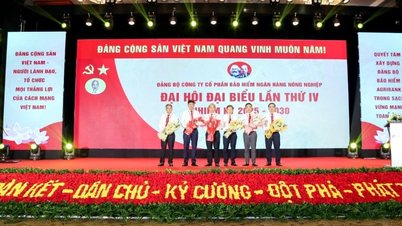


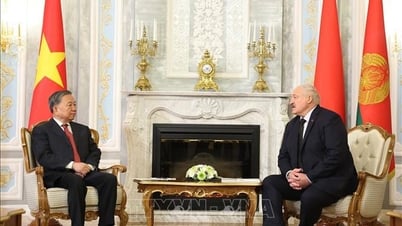
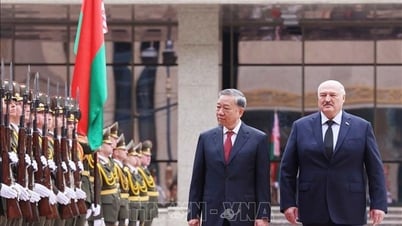
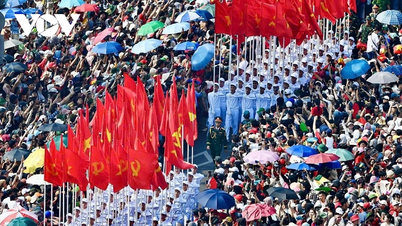

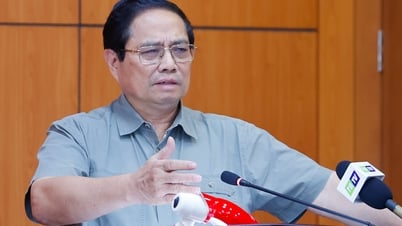

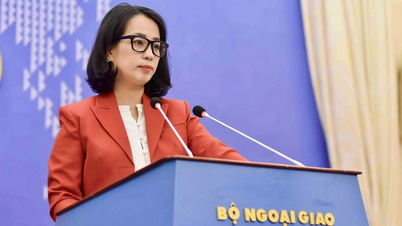



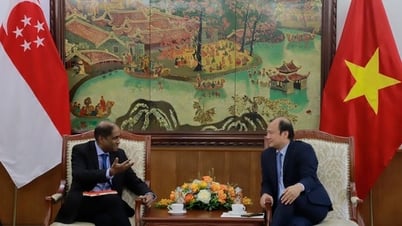
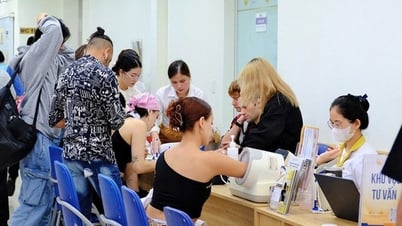


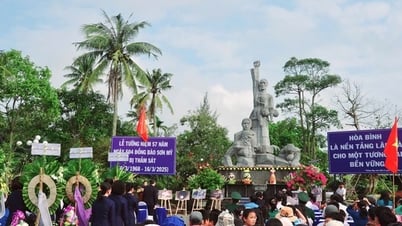





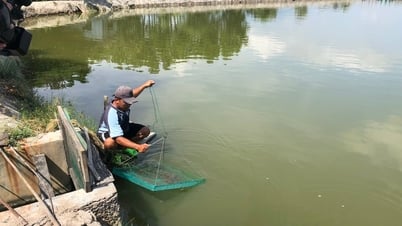

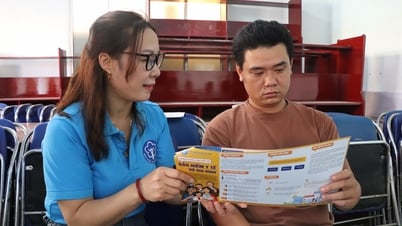
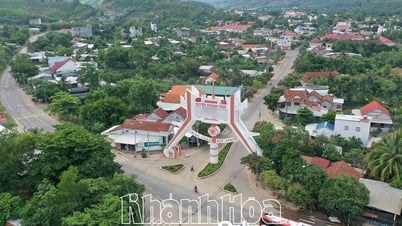
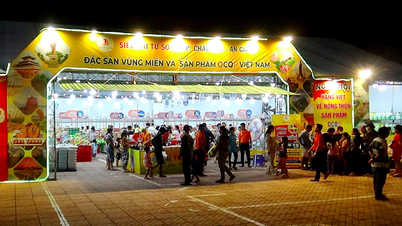



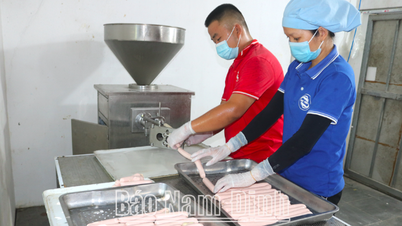

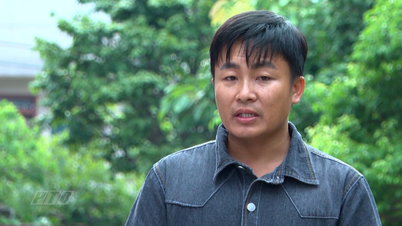

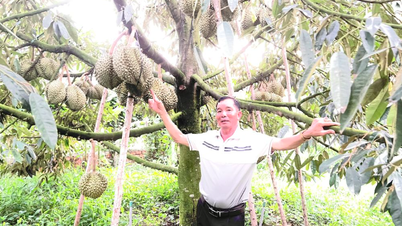

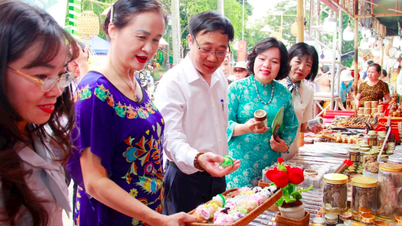
Comment (0)